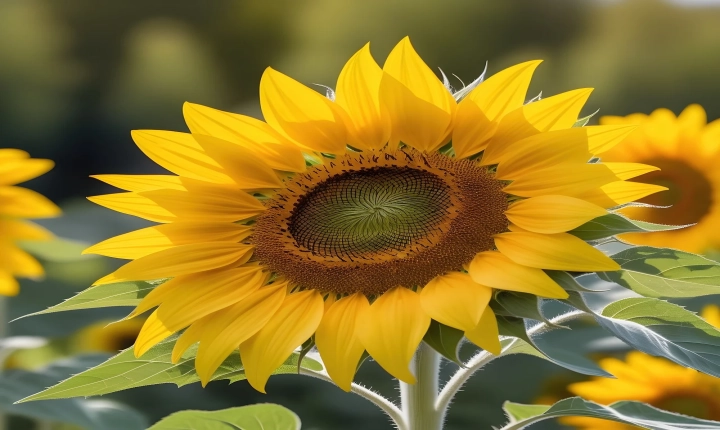Can I Copyright AI-Generated Art?
As artificial intelligence (AI) continues to advance and evolve, the creation of AI-generated art has become a topic of considerable interest and debate in the art world. With AI algorithms being used to generate unique and intriguing pieces of artwork, the question of copyright ownership and protection becomes increasingly pertinent. Can the art created by an AI algorithm be copyrighted? And if so, who holds the copyright?
The issue of copyright in AI-generated art raises several complex legal and ethical considerations. While copyright law traditionally protects the works of human authors, the concept of AI-generated art blurs the lines between human creativity and algorithmic generation. The legal framework around copyright was not designed with AI-generated art in mind, leading to uncertainty and ambiguity in applying copyright principles to these new forms of artistic expression.
One of the central challenges in determining copyright ownership of AI-generated art is the question of authorship. Copyright law typically attributes authorship and ownership to the individual or entity that creates the work. In the context of AI-generated art, the question of who “creates” the artwork becomes muddled. While the AI algorithm itself is responsible for producing the art, the input, guidance, and decisions made by the programmer or user who trained the AI also play a significant role in the final output.
Some argue that the human involvement in curating and shaping the AI’s creative process should entitle the programmer or user to claim copyright ownership of the resulting artwork. This position emphasizes the human agency and intention that informs the AI’s output, framing the AI as merely a tool or medium through which human creativity is expressed. In this view, copyright protection for AI-generated art would align with the existing framework for works created through collaborative or derivative processes.
On the other hand, opponents of attributing copyright ownership to humans in AI-generated art emphasize the autonomy and novelty of the AI’s creative output. They argue that the AI, acting independently and autonomously within the parameters set by its programming, should be recognized as the author of the artwork and entitled to copyright protection. This perspective underscores the unique and self-directed nature of the AI’s creative process, challenging existing conceptions of authorship and creativity in the context of copyright law.
In response to the challenges posed by the copyrighting of AI-generated art, some legal scholars and policymakers have proposed alternative approaches to address this emerging form of artistic expression. One proposal is to create a new category of copyright for AI-generated works, distinct from traditional copyright law and tailored to accommodate the unique characteristics of AI-generated art. This approach would involve developing specific criteria and standards for determining copyright ownership of AI-generated art, taking into account the levels of human input, creativity, and control involved in the AI’s artistic process.
Another potential solution is to establish a system of registration and attribution for AI-generated art, where the individuals or entities responsible for training and deploying the AI algorithm would be acknowledged and credited for their contributions without necessarily being granted full copyright ownership. This approach seeks to balance the recognition of the human role in shaping AI-generated art with the acknowledgment of the AI’s independent creative agency.
As the legal and ethical complexities surrounding copyright in AI-generated art continue to unfold, it is essential for policymakers, legal experts, and the art community to engage in ongoing dialogue and deliberation to develop a framework that appropriately addresses the challenges and opportunities presented by this emerging form of artistic expression. As advances in AI technology continue to push the boundaries of creativity and innovation, the need for clear and equitable copyright standards for AI-generated art becomes increasingly urgent.
In conclusion, the question of whether AI-generated art can be copyrighted is a multifaceted issue that requires careful consideration of the roles, contributions, and rights of both the AI algorithms and the human actors involved in the creative process. As society grapples with the implications of AI technology on artistic expression and copyright law, it is crucial to develop a framework that reconciles the complexities of AI-generated art with the principles of copyright protection and ownership. The future of copyright in the age of AI will depend on the ability to adapt and evolve the legal framework to encompass the dynamic and evolving landscape of artistic creation.
